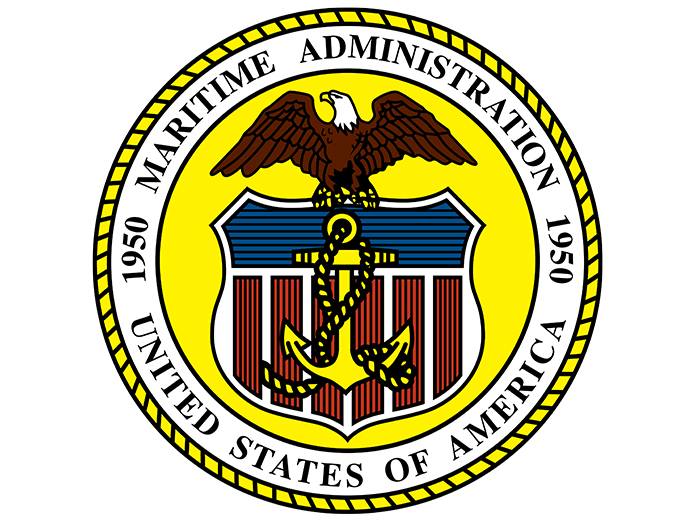
New initiative explores low-carbon options for Great Lakes shipping
Written by Nick Blenkey
The U.S. Maritime Administration (MARAD) has launched a 16-month study exploring low carbon options for shipping on the Great Lakes. The research group, led by the International Council on Clean Transportation (ICCT) in partnership with the American Bureau of Shipping (ABS) and the Conference of Great Lakes and St. Lawrence Governors & Premiers (GSGP) will assess the suitability of alternative fuels and power options for Great Lakes shipping.
This is not the first initiative on decarbonizing Great Lakes shipping to involve the GSGP and the ICCT. Back in November last year, they released the first-ever inventory of energy use and emissions for shipping on the Great Lakes and St. Lawrence River.
Additionally, in June this year, the GSGP released a study on the options for transitioning the U.S. and Canadian domestic Great Lakes and St. Lawrence fleets to biofuels.
The bi-national Great Lakes-St. Lawrence Seaway System is one of the largest commercial waterways in North America. It extends more than 2,000 miles and contains more than 110 ports.
“Decarbonizing the maritime industry has been a key objective of the Biden-Harris Administration, and MARAD is excited to be part of a study that will investigate new fuel and power options for Great Lakes shipping,” said Maritime Administrator Ann Phillips.
Over a period of 16 months, researchers will assess alternative fuels and power options in the region and will develop a detailed profile of Great Lakes fleets, ports, and fueling infrastructure.
The project will also summarize relevant domestic and international environmental regulations that will influence the uptake of the technologies identified.




